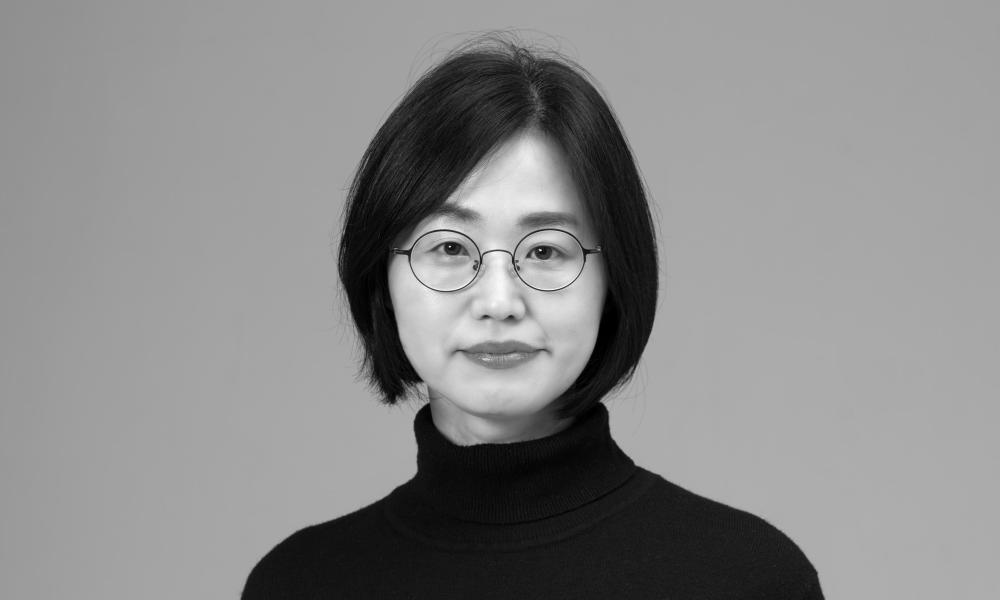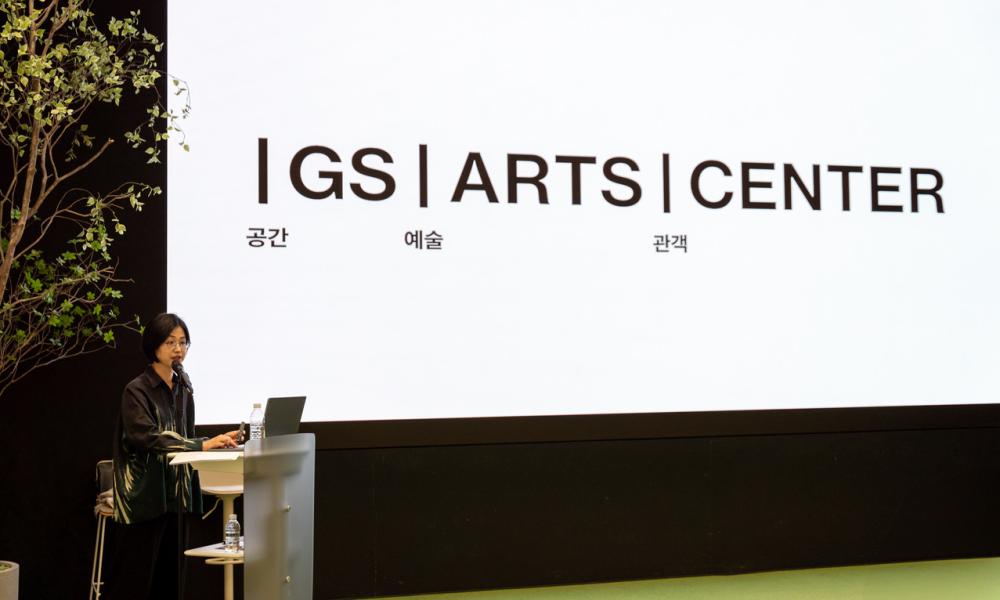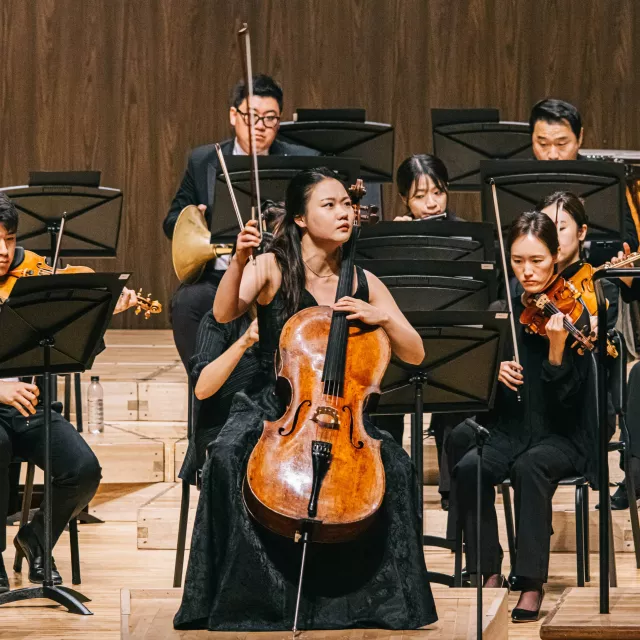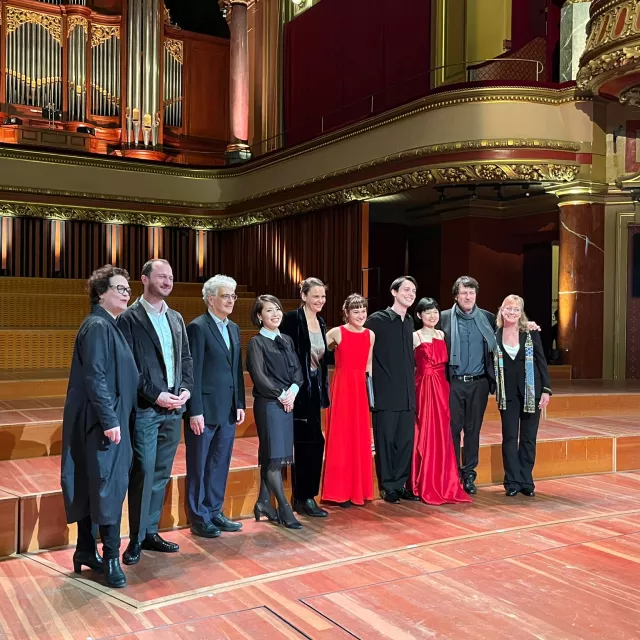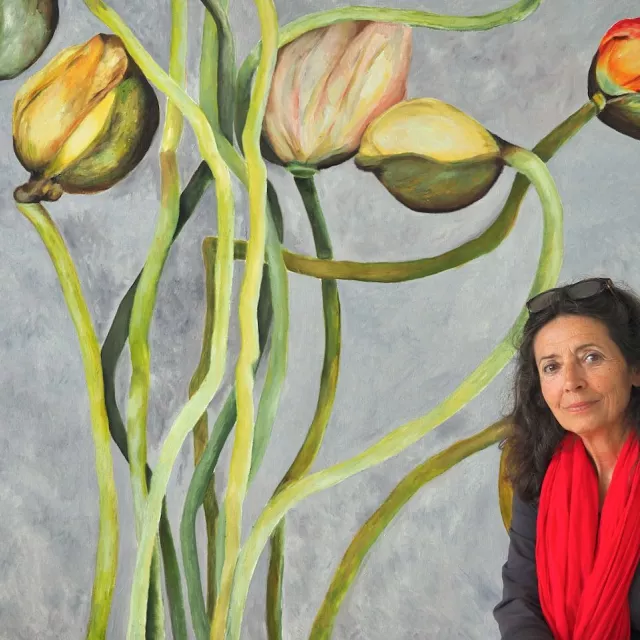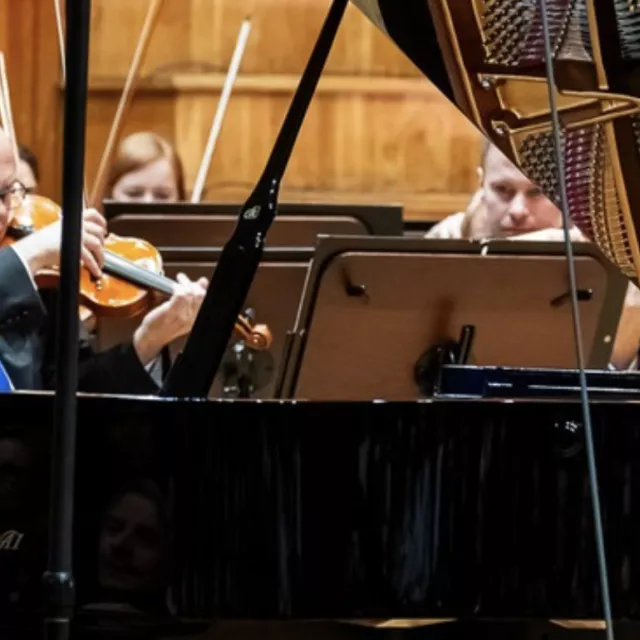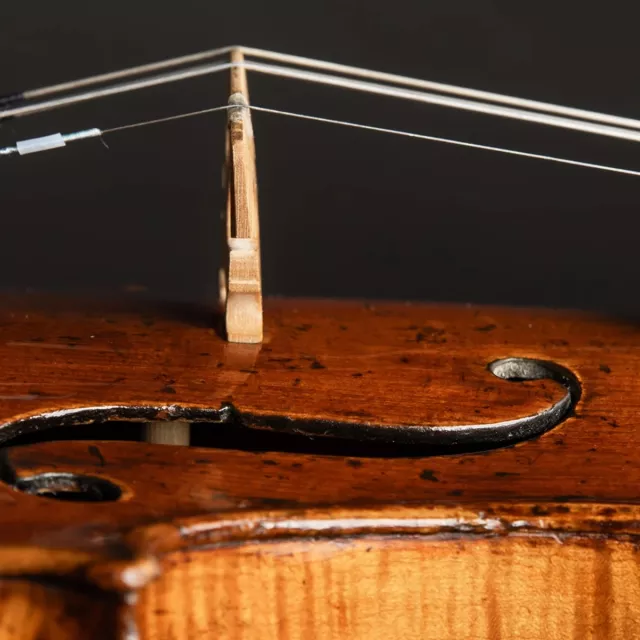But the stage size and the acoustics of the hall could perfectly accommodate a symphony orchestra as well?
Our strength is flexibility. We can use our stage in many ways, and the acoustics are great both for theatre and music. But in terms of programming, we are in the immediate vicinity of other venues- you mentioned two of them- and so we want to be different and create new things. No need to do more of the same and fight for the same audience- we want to engage new audiences, curious people who might not usually attend theatre performances but would be intrigued by our programming.
Tell us more about your first programs.
The opening will be performed by ABT (American Ballet Theatre), one of the world’s premier ballet companies, with great blend of classical and contemporary repertoire.
We also plan to select a world-renowned artist each year and present two to three works that best reflect their artistic vision. Our first artist in residence, South African artist William Kentridge, known for his multidisciplinary approach, will present Sybil, a short film with live music, as well as Oh to Believe in Another World”- an animated film accompanied by Shostakovich’s Symphony No. 10, performed by the Seoul Philharmonic and conductor Roderick Cox. Kentridge is a widely renown opera director- he has staged Shostakovich’s The Nose and Berg’s Lulu and Wozzeck. It’s about people who believed in another world- from Lenin and Trotzky to Stalin and Shostakovich- entering one by one to fill the imaginary space with revolutionary ideals and disillusionment of failure in the lived world. It´s an amazing work and it is disturbingly connecting the past with the world we live in….
Another artist in residence is Marcos Morau, a visionary in contemporary dance, with his showcase “Afanador”- a tribute to Spanish flamenco through the lens of photography, “Pasionaria”, performed by Morau’s dance company La Veronal, and “Totentanz”- a reimagination of medieval dance rituals through installation, video and live performance.
Will you also program some traditional style concerts in the GS Arts Center?
As I said, we don´t want to compete with other venues in that sector, but we want to develop new formats, including multidisciplinary classical genres. We are in for some adventures!
You see, just to give an example, in Korea Grand Opera-Italian or German opera- tends to be the most commonly staged form. Most major arts centers have a huge stage designed for just that, with halls for over 2000 people. But in Europe, like in Germany, every little town has a theatre, many of them also presenting operas, with much smaller auditoriums. We are talking about 1000 seats or less. This is something I want to consider in our programming- I would like to do chamber operas and contemporary operas-genres that are rarely performed in Korea-as well as new works that combine a variety of artistic disciplines.
Through these new forms, we hope to invite audiences to encounter something beyond the genres they are familiar with. Chamber opera, modern music theatre, and projects that bring together dance, visual installation, and performance are all part of this journey. This is the unique artistic direction our venue strives for—and the future of the performing arts that we envision.

